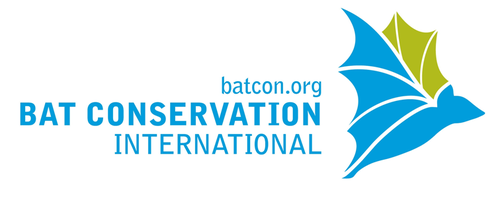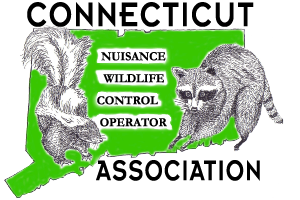As March unfolds, the arrival of spring brings new opportunities to explore the state's diverse wildlife. Among the fascinating creatures that grace our woodlands are flying squirrels, elusive nocturnal mammals known for their gliding abilities and charming antics. In this article, Wildlife Control Services sheds light on the intriguing world of flying squirrels in Connecticut, offering insights, tips, and fascinating facts to enhance your understanding and appreciation of these remarkable creatures.
The Enigmatic Flying Squirrel:
Flying squirrels, though similar in appearance to their more common counterparts, possess unique adaptations that set them apart. With their wide, furry membranes known as patagia, they glide gracefully through the forest canopy, covering distances of up to 150 feet in a single glide. Despite their nocturnal nature, lucky observers may catch glimpses of these acrobatic creatures in the twilight hours as they forage for food among the treetops.
Did You Know?
Did you know that flying squirrels are not capable of true flight like birds or bats? Instead, they glide by spreading their patagia and using their tail as a rudder to control direction.
Flying squirrels are excellent climbers and often seek shelter in tree cavities or abandoned bird nests, making them challenging to spot during daylight hours.
Encounters with Flying Squirrels: Tips and Insights:
If you're lucky enough to encounter a flying squirrel in your yard or neighborhood, consider yourself fortunate! These shy and elusive creatures are harmless to humans and typically avoid confrontation.
To attract flying squirrels to your property, consider providing nesting boxes or artificial shelters placed high in trees. These structures mimic their natural habitat and can provide valuable shelter and nesting opportunities.
Protecting Your Home from Flying Squirrel Intrusions:
While flying squirrels are fascinating creatures to observe from a distance, they can become a nuisance if they find their way into your home. To prevent such occurrences, it's essential to seal off potential entry points, such as gaps in the roof or vents, and ensure that attic spaces are properly insulated and secured.
By understanding their behavior, implementing preventive measures, and fostering a sense of coexistence, we can ensure that these charming creatures continue to grace our woodlands for generations to come.
For expert assistance with wildlife management or any concerns related to flying squirrels, contact Wildlife Control Services. Our team of professionals is dedicated to promoting responsible wildlife management practices and fostering harmonious relationships between humans and wildlife.
#FlyingSquirrels #ConnecticutWildlife #WildlifeManagement 🌿🐿️






